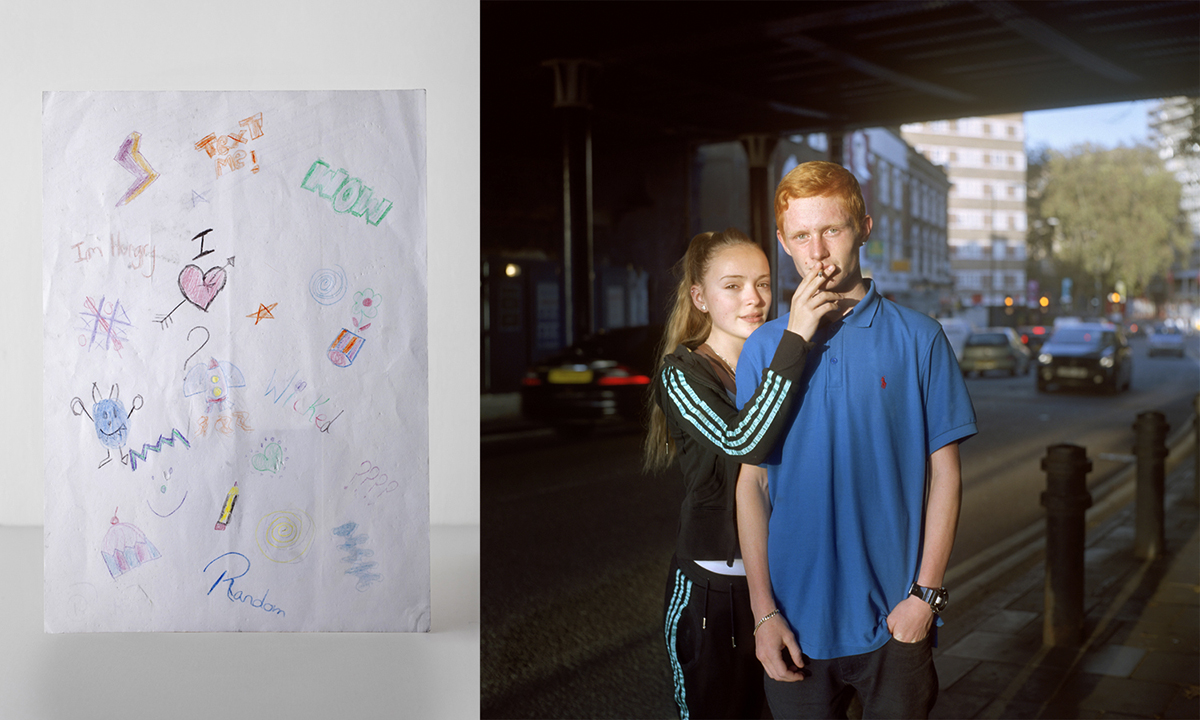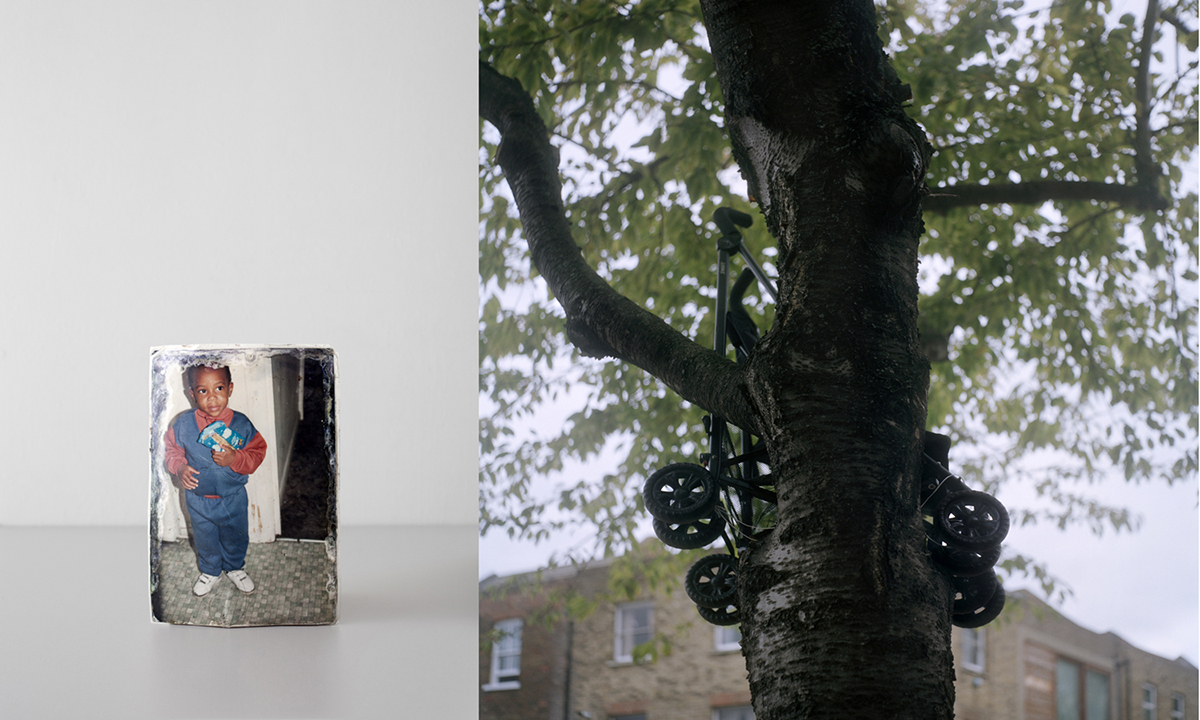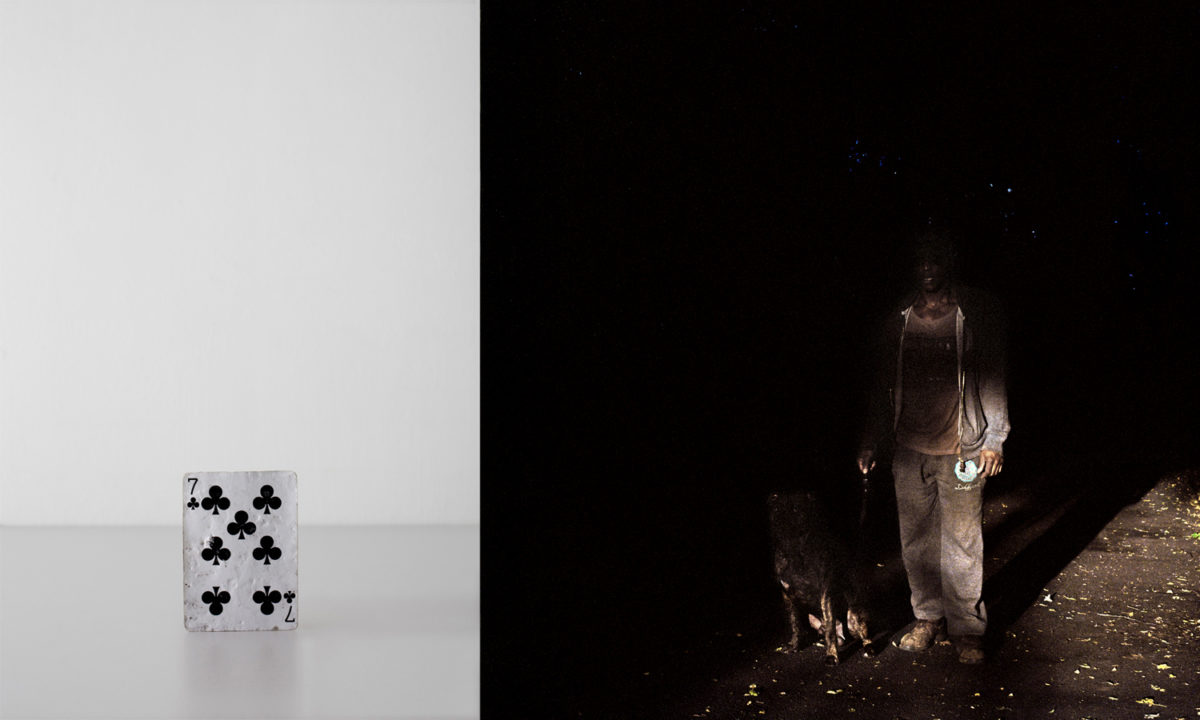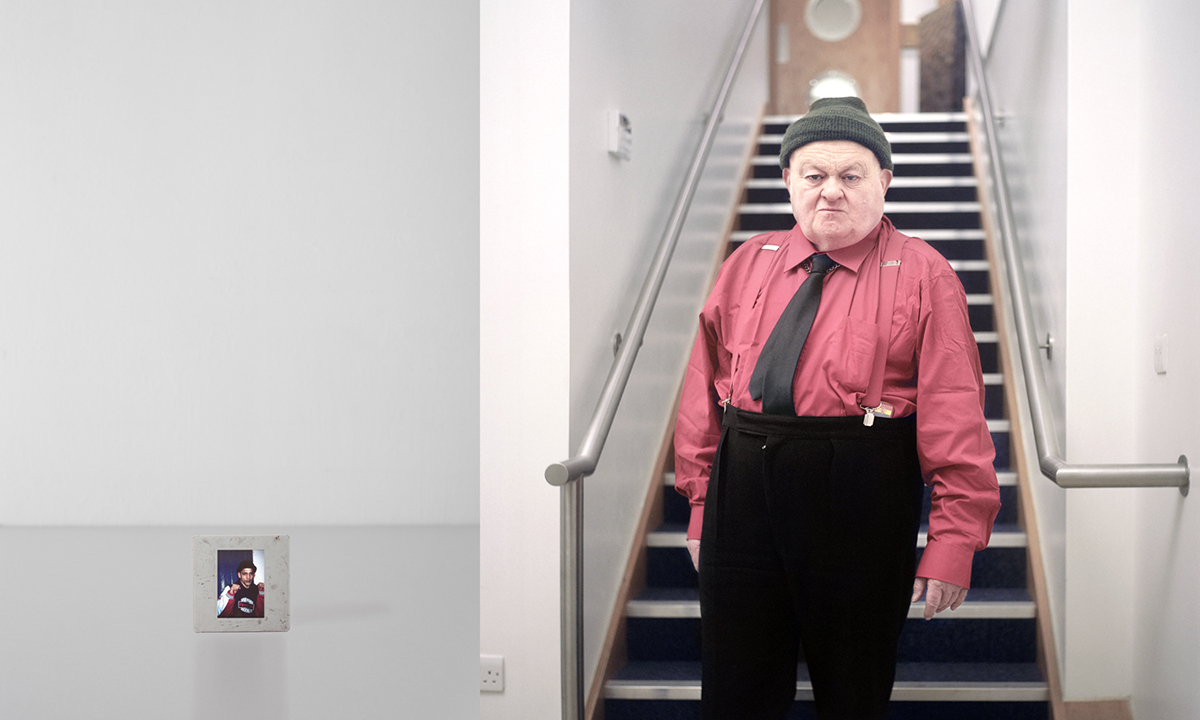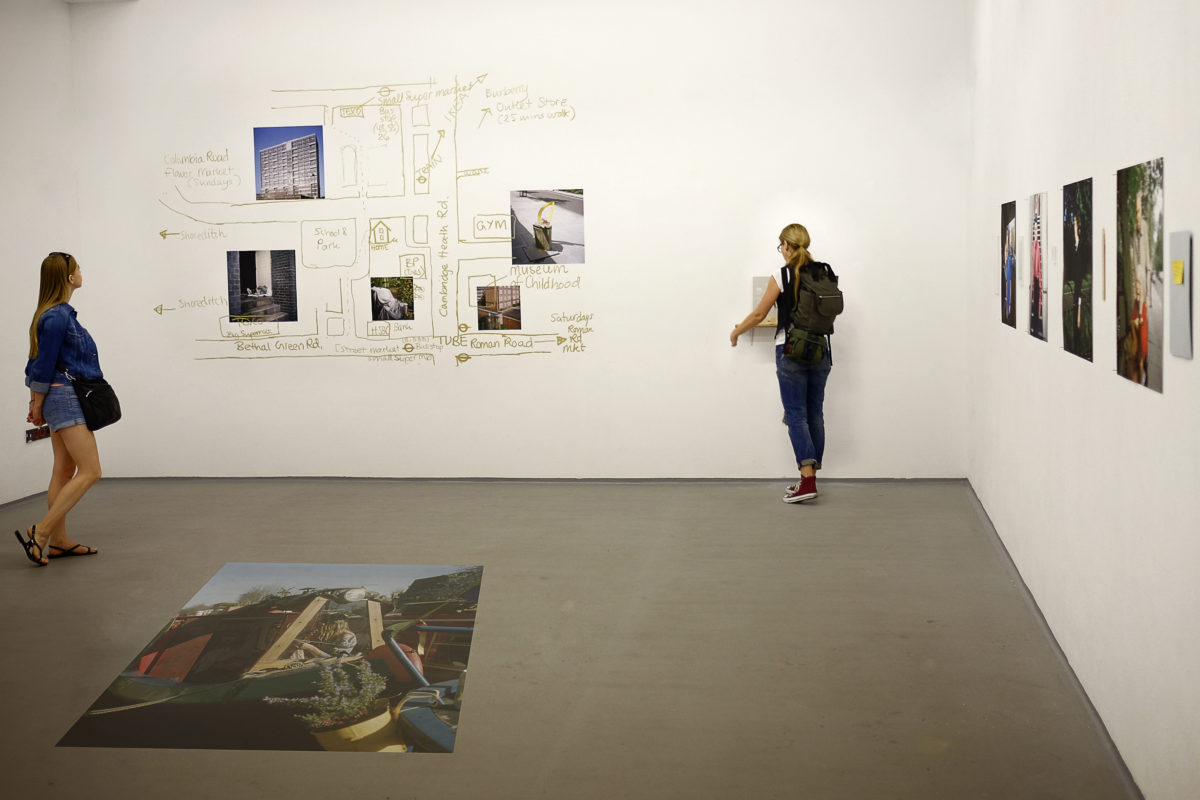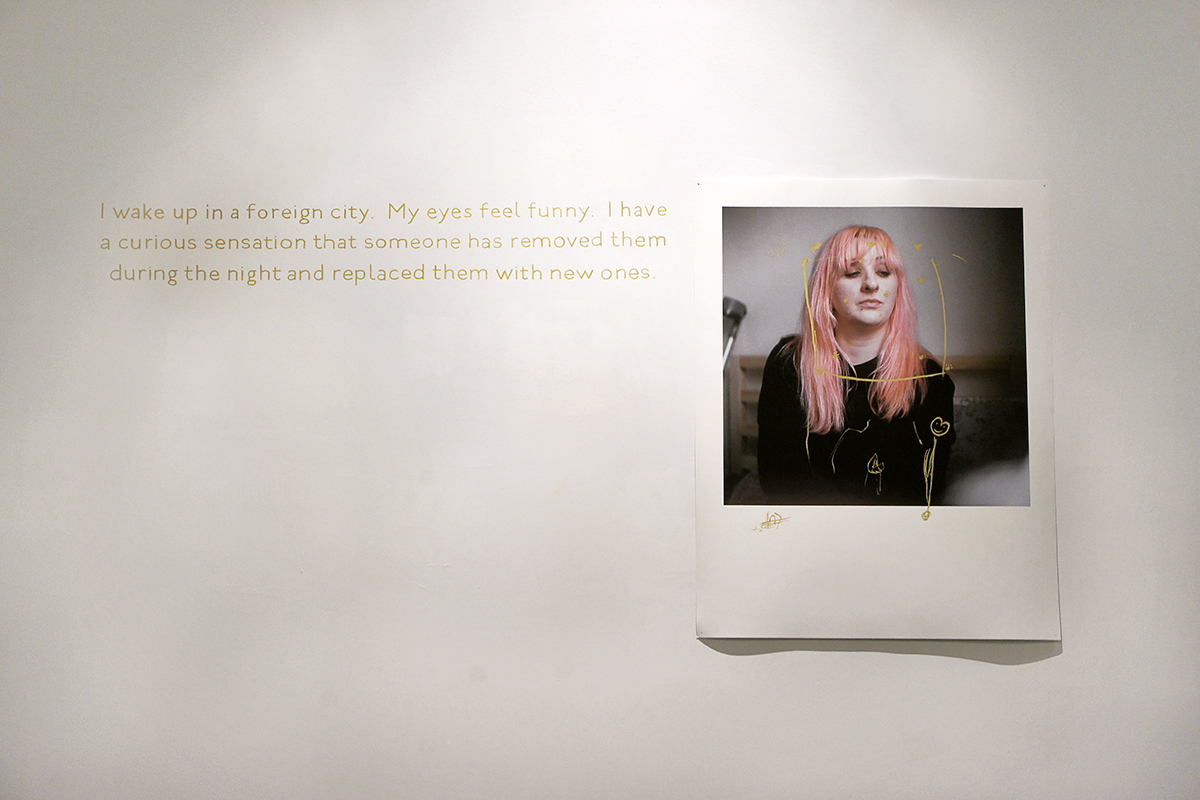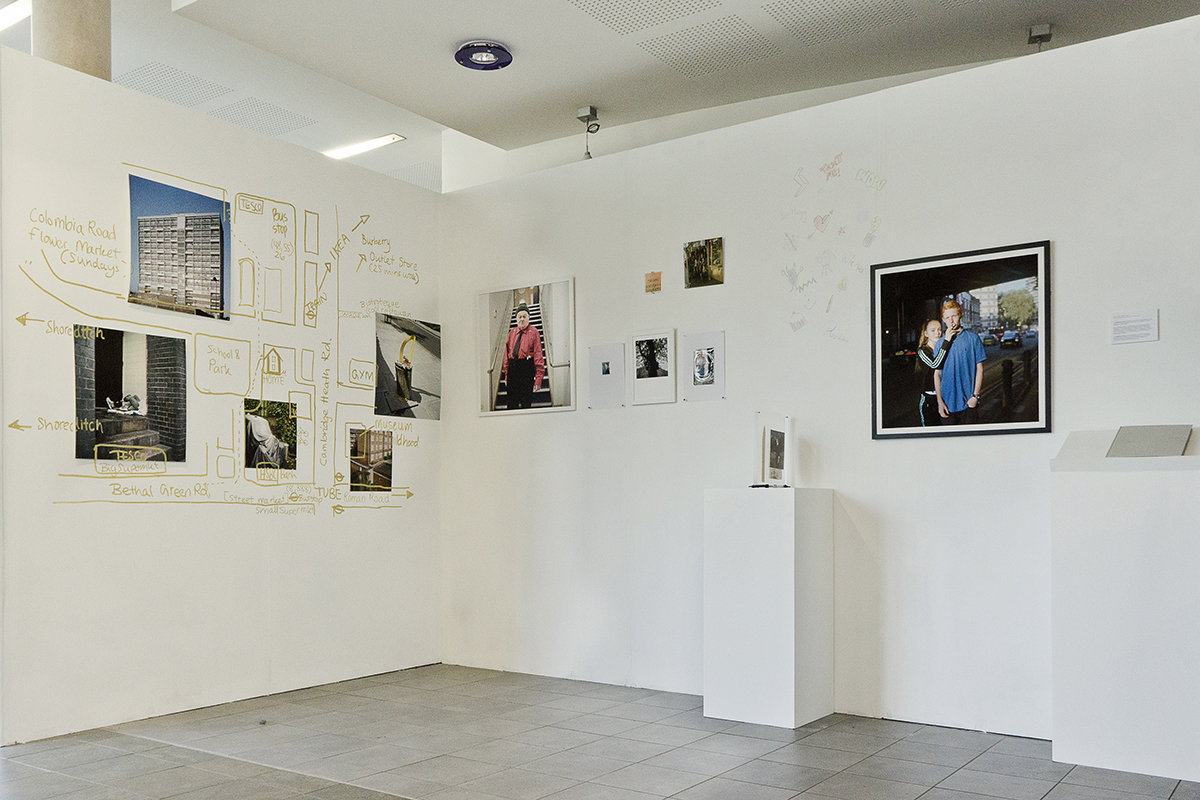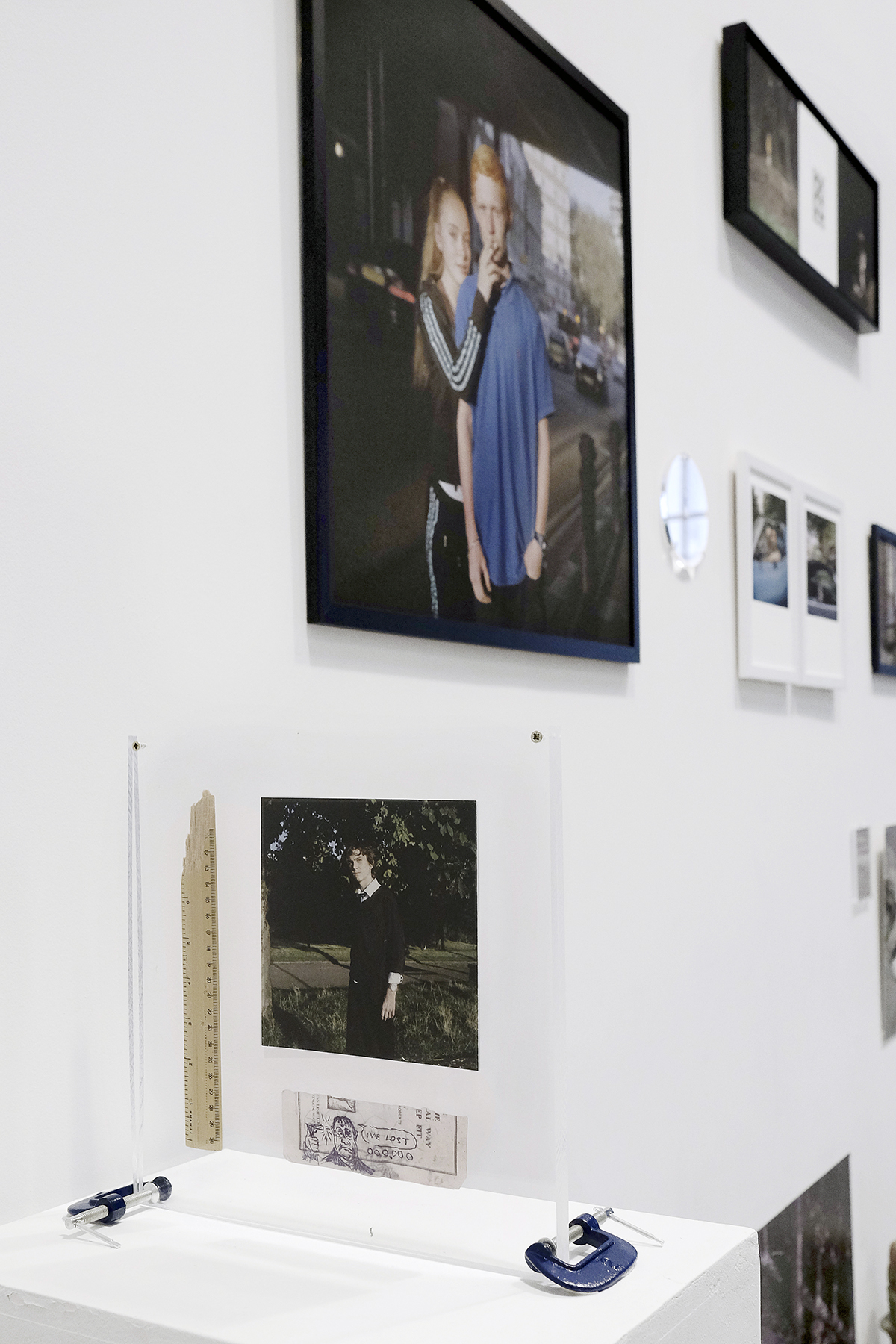We spoke to Carlos Alba about his career so far, the creative process behind 'The Observation of Trifles' from book-dummy to publication, applying for awards and his tips for emerging photographers.
Photoworks: For anyone who isn’t familiar with your work, could you briefly describe how you came to photography?
Carlos Alba: It was an accident!
When I was a teenager, I used to draw and do graffiti. I started to take photographs of it for my records. I spent a year shooting with cheap film and taking underexposed photographs, which led me to discover 400 and 800 ISO film. I started to snap my friends in our daily life and discovered my passion photography – it was amazing.
When I was student, I received an scholarship from El País newspaper and shortly after, I started a paid internship at El Mundo newspaper. During that time, I also worked as an assistant for photographer Ricardo Cases. He completely changed my approach to photography, I had wanted to be a photojournalist but he showed me another way to utilise and think about photography.

I spent six years working for El Mundo Newspaper. After that, I jumped into the world of magazines and started working for AD, Esquire, Forbes, Grazia, Yo Dona… I was mainly shooting portraits, fashion and travel images. I travelled a lot, which helped me open my mind and learn about different cultures.
I got into the habit of studying light in different countries around the world. I have quite a few notebooks in Madrid with hundreds of notes of my findings.
During this period, two of my friends and I set up our own studio, called Flama. We made some pretty cool music videos and adverts. But one day, I thought I needed an opportunity to express myself. I decided to move to London. I wanted to learn English, improve my photography skills and think about my first personal project. After three years living in London, I launched my first photo book The Observation of Trifles. I’m really surprised and grateful for the positive response from curators, publishers and Photo festivals… Thanks to them I’ve had more than twelve exhibitions around Europe in only one year: Format Festival in Derby, Circulation(s) in Paris, Fotofestiwal in Lodz, a solo show in PhotoEspaña and Zona C…
PW: Your latest series The Observation of Trifles uses photography as a compass for introducing you to a community. Can you talk us through the process of how you began that work and how it developed?
CA: When I moved to London, my landlady gave me a hand-drawn map showing some interesting places around my home. I used it as a map to explore my neighbourhood in East London. During these walks, I was taking photographs and collecting objects, at first randomly, then more methodically. It was a motivation to leave the house, get to know the streets and make contact with my neighbours.

When I had collected a good amount of objects from the street, I decided to edit them and select the ones that seemed most interesting to me as an outsider. I used each of the objects in the selection as a sign to find the photograph to take. The photographs that could show the soul of the area where I live. The combination of objects with photographs allowed me to express my work in a more physical way with an air of mystery attached to it.
PW: The exhibition layout of your work mirrors this idea of a map with the inclusion of hand drawn elements and objects. Can you tell us about your thinking with this?
CA: When you arrive to a new country or a big city like London, I think the most difficult thing is to follow references to find your bearings. I had the hand drawn map and I used it as a signal to find my way in my new life.
The map is very important in the work because it helped me to immerse myself in a new community. I found all the objects in the streets shown in this map. I took the photographs and met people in the area where the map is focused on.

In my exhibitions, I normally draw the map over some photographs because I want the audience to play the same game. They need to visually walk around the images directed by the map itself. I want them to realise the different layers that you can find in a city. They need to find the small details that can tell us information about the citizens. I would like them to see the city with the eyes of a outsider.
Thanks to the objects, I am creating an analytic and expressive world. Sometimes they tell us things about the history or architecture and other times they help us with visual and social analysis. They are like a visual archeology of the city. This idea, together with the poetic value of photography, result in a work that portray my personal point of view about the East End of London.
PW: The series has aslo been published by La Fabrica. Can you tell us about the process of making the book?
CA: When I was still working on the project, I had been shortlisted for Descubrimientos in PhotoEspaña. I showed my work during the portfolio review and I received very good feedback from the reviewers. Thanks to this, I kept in touch with a french publisher called RBV books. La Fábrica also showed interest in my work. At that time, I was not ready yet to publish The Observation of Trifles. I wanted to work on it a bit more. I spent the next year shooting new images and editing with María Calvo and Ricardo Cases.
When I felt I was ready, I spoke with Cristina de Middel who knows my work really well. She introduced me to the designer Xavier Fernández Fuentes. I was looking for a designer who knew East London, and he had lived in the area for two years. I was really lucky to have met him. He made the process of making the book really easy. He was the perfect designer for a photographer because he didn’t want to be the start, he only wanted to make your photographs and your story much better.
We spent another year working on the design of the book. Xavier had the idea of printing the book in two different papers. We made six different dummies. The most difficult thing for me was how to publish the objects. I wanted to show as many details of them as possible because it was important for the reader to get a feeling of the object. In the end, after a lot of drafts, I decided to shoot the objects from the front and the back, in the studio.

The book has two different texts. One is written by Laura Kaye. I used to read her blog and I love the way that she writes and how she describes the situations and the landscapes. I wanted to have a text written by a British person who knew the area well. Laura did a great job with the text.
The second text is written by the curator Rodrigo Orrantia. I met him when I moved to London and we share the same kind of feelings so I wanted him to speak about my work. I think Rodrigo translated my images into words, something not that easy to do.
Once the final dummy was finished, I showed it to La Fabrica and RVB books. In the end, La Fábrica offered me better conditions, so it was easy to make a decision. However, it was a long and intense process, but I really enjoyed.
I would like to add that now, because of the photo book boom, it is common to find photographers who are paying a publisher for publishing their work. I don’t think this is a positive thing for photographers. We have the idea, take the photographs, make it a story…it is a lot of work and we need to respect our creative and technical work as well as ourselves. So if you’re a photographer and you want to publish your work, please don’t do it for free. It is possible to make a living out of our personal work, but we need to be patient and wait for our moment.

PW: You’ve also won and been a finalist for quite a number of awards such as, BMW residency, Landskrona Foto Residency, Flash Forward Magenta Foundation, Grand Prix Fotofestiwal Lodz and ZONA C Art Award to name a few. Do you have any advice for early career photographers looking to apply for grants and prizes?
CA: I don’t think I’m in the position to give advice, but I can speak about my process and how I go about things. First of all, you need to work hard. It’s impossible to have a strong project if you don’t spend a lot of time on it. Also, it’s good to have patience. Be very selective about the grants and prizes you apply for.
For example, I think it’s really important to carefully read the rules and to research the jury members. This can give you an idea about the kind of work they’re looking for. Be your first filter, be the toughest judge of your work. If you think your work is not good enough or it doesn’t fit in the award, don’t apply. It will save you time and money.
If you applied for an award and you are not selected, don’t give up. That doesn’t mean your work is bad, the same way that if you win, doesn’t mean that your work is good. I think the awards help you to continue working on your ideas, but the general value of your work will be given by your career trajectory. It’s a marathon. Also, be careful about early recognition of your work and how that can change your working methods. Don’t let it make you less critical with the work.

© Carlos Alba
The rise of photography awards whose winner is chosen by the number of likes in social media is something that concerns me. I don’t think social media is the most suitable place to decide that kind of criteria – it’s not a professional photography context. Needless to say, if your pictures are popular in social media, that doesn’t mean you’re a good photographer.
PW: Finally, what’s next for you?
CA: I have a collective exhibition in August with Helena Almeida, Lotte Rossenfeld and Lorena Zilleruelo curated by Alex Baures at Ciudadella in Pamplona (Spain). I’ll show The Observation of Trifles. In September, I have a talk in Landskrona Foto Festival.
I’m working on a new project with curators Christian Caujolle and Jenny Nordquist in Landskrona, Sweden. The work is about the European migration crisis and how the Swedish society is changing. It would be launched in 2018 thanks to the support of Landskrona Foto Festival.


At the same time, I’m working on a long term project about domestic violence and the end of the patriarchy. I’m also studying a MA Photography in University of Arts London.
This question is always a little frightening as some curators and art dealers are asking me exactly the same thing at the moment, so let’s say I’m currently feeling the pressure. But on the other hand, I’m enjoying a lot the good things that are happening to me right now thanks to my first project.
You asked me earlier for advice and on second thoughts I do have some. The best advice I ever received was from my best friend, Maria: “Always enjoy what you are doing and, if you are not enjoying it, stop doing it.”
For more on Carlos’s work, click here.
For other articles in our Ideas on Talent series, click here.
